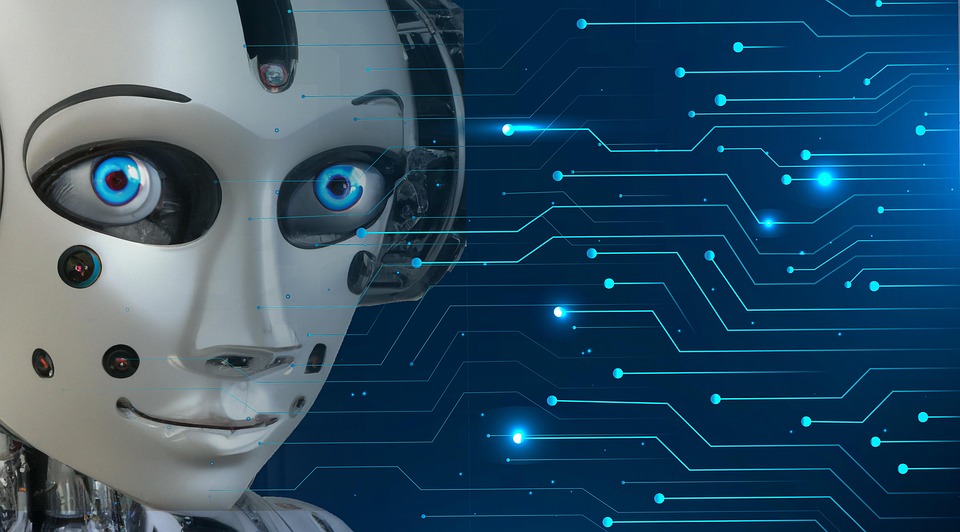Artificial Intelligence (AI) is no longer a distant concept; it is deeply embedded in our daily interactions, especially with the advent of advanced conversational agents like ChatGPT. In this blog post, we will explore how ChatGPT operates, its practical applications, and its transformative role in revolutionizing communication.
An Overview of ChatGPT
ChatGPT, developed by OpenAI, is built upon the architecture of the Generative Pre-trained Transformer (GPT). It harnesses machine learning to understand and generate human-like text based on the input it receives.
How ChatGPT Works
At the core of ChatGPT’s functionality are two main processes: pre-training and fine-tuning.
- Pre-training: During this phase, the model is exposed to a vast dataset containing a mixture of licensed data, data created by human trainers, and publicly available content. This exposure enables ChatGPT to learn grammar, facts, and even some reasoning abilities.
- Fine-tuning: After pre-training, the model goes through fine-tuning, where it is taught to generate more useful and safe outputs. Human feedback plays a crucial role in this process, ensuring that the interactions are coherent and contextually relevant.
Real-World Use Cases of ChatGPT
ChatGPT is not merely a theoretical construct; it has been employed across various industries to enhance productivity and communication in multiple ways. Here are some remarkable use cases:
1. Customer Support
Many companies use ChatGPT-powered chatbots to provide 24/7 customer support. These bots can handle common inquiries, troubleshoot issues, and escalate complex queries to human agents. For instance, a popular online retail site employs ChatGPT to assist with order tracking and product recommendations, significantly reducing the workload on human agents.
2. Content Creation
Bloggers, marketers, and authors leverage ChatGPT for content generation. By inputting specific keywords or prompts, users can receive coherent paragraphs or even full articles. This technology has become invaluable in industries where timely content creation is essential, such as digital marketing and journalism.
3. Language Translation
ChatGPT also serves as an informal translator, bridging language barriers. Its ability to understand context and nuances allows for more natural translations compared to traditional methods. Companies often integrate ChatGPT into their platforms to simplify communication with global clientele.
The Future of Conversational AI
The implications of ChatGPT and similar AI technologies extend far beyond current applications. As the technology continues to evolve, we can anticipate:
- Enhanced Personalization: Future iterations will likely offer even more personalized interactions, catering to individual preferences and histories.
- Improved Understanding: Advancements in AI will lead to a deeper understanding of human emotions and contextual nuances, resulting in genuinely empathetic responses.
- Broader Integration: As businesses increasingly adopt conversational AI, we can expect it to be integrated into more platforms, ranging from social media to customer service portals.
Conclusion: Embrace the AI Revolution
The magic of AI, exemplified by ChatGPT, is reshaping how we communicate, create, and solve problems. As technology continues to progress, we must remain open to the possibilities it presents and adapt to a future where AI becomes an integral part of our lives. Are you ready to embrace the AI revolution and explore the potentials of conversational agents like ChatGPT?


Comments are closed.